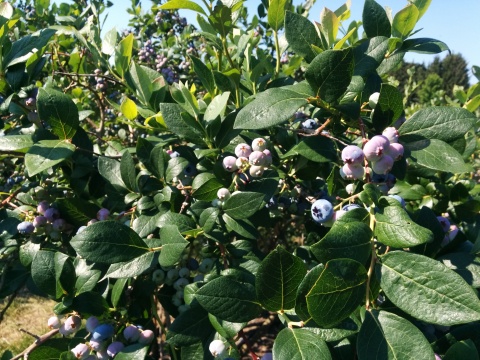 July/August is blueberry season in this part of the world, and this blog is full of reminders about the sheer speed of making blueberry jam, which has to be the easiest jam on the planet to get to set. You simmer the berries briefly with a little water, add sugar and lemon juice (or lime juice), boil the mix for a few short minutes and watch to be sure that the jam doesn’t set so firm that you can cut it with a knife.
July/August is blueberry season in this part of the world, and this blog is full of reminders about the sheer speed of making blueberry jam, which has to be the easiest jam on the planet to get to set. You simmer the berries briefly with a little water, add sugar and lemon juice (or lime juice), boil the mix for a few short minutes and watch to be sure that the jam doesn’t set so firm that you can cut it with a knife.
So this year, as well as making two 5-jar batches of blueberry jam (one batch with lemon juice and one with limes), I tried my hand at a jar (and a bit) of pickled blueberries, halving the recipe from Food in Jars because I wasn’t sure if I was going to like it. It was far easier than pie. Boil up a syrup of vinegar, sugar, water and ginger, add blueberries and boil some more, bottle, seal and waterbath. Nothing difficult about this one.
All I can say is half the recipe is enough. The Food in Jars picture shows pinkish blueberries suspended in a dark syrup, but I ended up with a rather liquid jam, as the berries popped into the sweet-sour syrup. I tasted my bit-of-a-jar with a nice sheep cheese, and yes, it looks quite pretty.
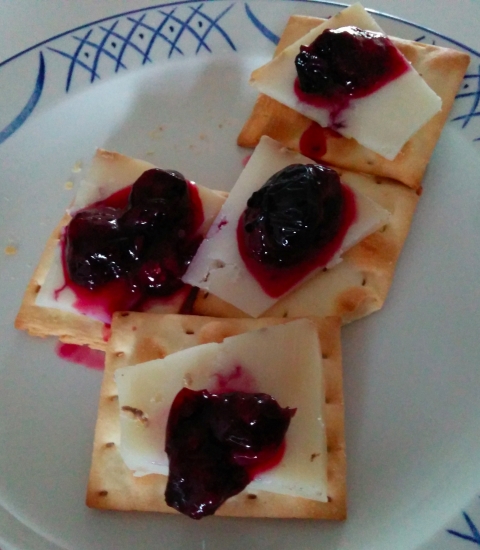 But I can’t taste the ginger at all, and the vinegar/sugar mix has drowned out the subtle flavour of the blueberries, a fruit that may not have enough oomph to handle pickling like this. I’m glad I tried it, but it’s not something I plan to make again.
But I can’t taste the ginger at all, and the vinegar/sugar mix has drowned out the subtle flavour of the blueberries, a fruit that may not have enough oomph to handle pickling like this. I’m glad I tried it, but it’s not something I plan to make again.
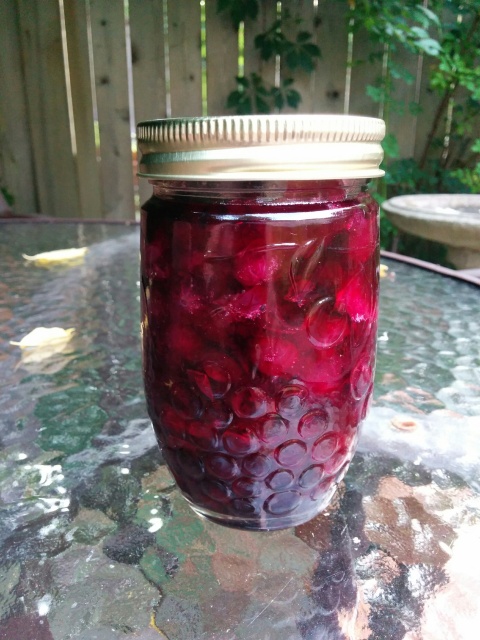 The silver lining? There’s pickling syrup left over for when I get some nice ripe blue plums or golden peaches (fruits that do handle the pickling treatment well). Or I can mix that syrup with sparkling water for a refreshing summer drink called a shrub.
The silver lining? There’s pickling syrup left over for when I get some nice ripe blue plums or golden peaches (fruits that do handle the pickling treatment well). Or I can mix that syrup with sparkling water for a refreshing summer drink called a shrub.
Silly me. I thought shrubs were the plants I had in the back yard, not the acidic syrup I put in a summer drink. Or even a blueberry bush/shrub.


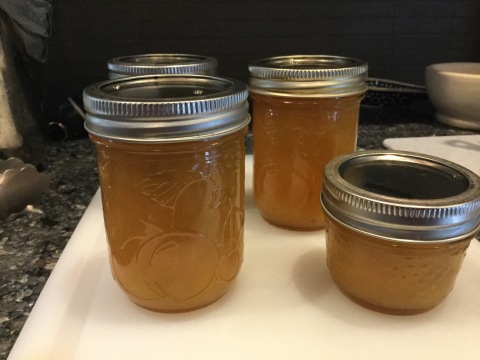


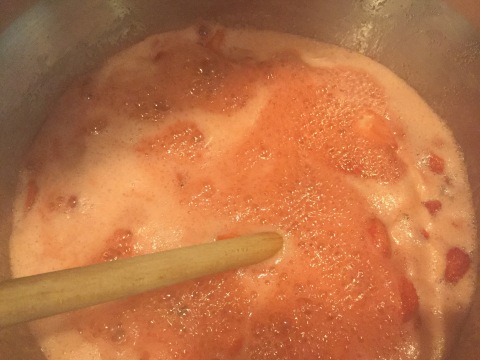
 A long while ago, canning buddy and I made a
A long while ago, canning buddy and I made a 










